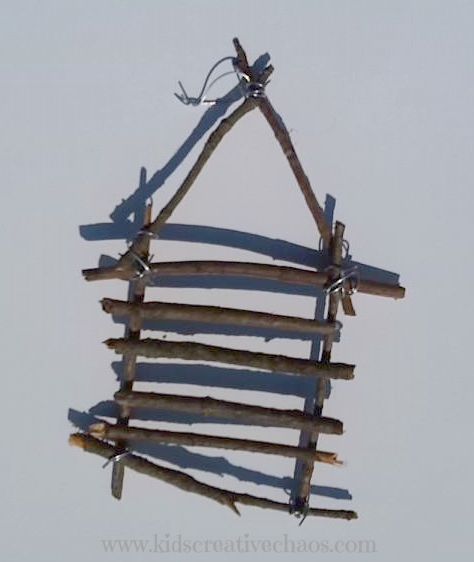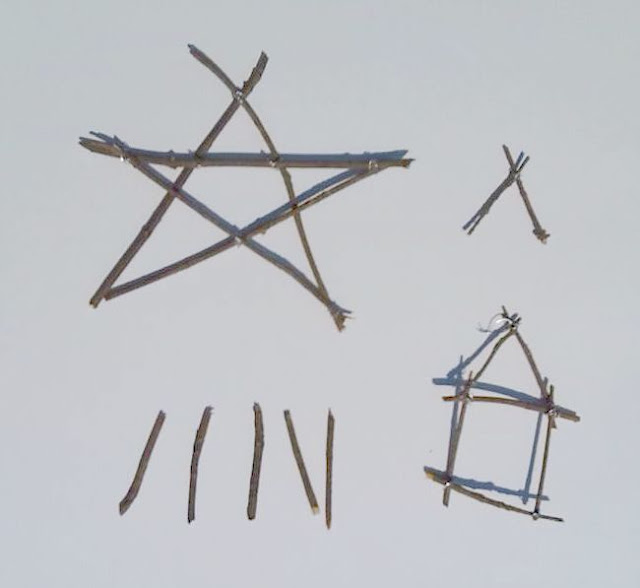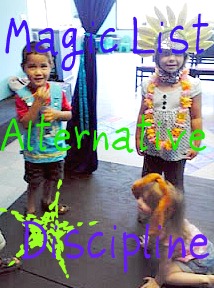Twig Ornament Highlights Benefits of Crafting with Children
Crafts aid in child development; it is proven to be true! There are cognitive benefits to crafting with your kids. So, get out your crayons, glue, pom poms, felt, and glitter, and get crafting. Scroll down for details on our fun craft activity for school-age children. Enjoy! Make a twig log cabin ornament.
If you are a busy working mama don't worry- enroll your child in a local class, take them to a library program, or sign them up at a childcare program like ChildTime.
|
Many child care programs, often considered as only day care for preschoolers, offer before and after school care, homework help, and summer camp in addition to their preschool classes and care.
At ChildTime, fun and educational mornings and afternoons await your child. The My Best Self! program for school-age students focuses on goal-setting and reflection, and is complemented by homework support, team-building opportunities, and physical activity. The programs give children structure with a mix of independent and organized activities (including crafts), education, and recreational opportunities.
So, what are the cognitive benefits of Crafts?
Crafting can improve coordination between the right and left side of the brain, as well as, hand-eye coordination and fine motor skills.In small children, using crayons, scissors, and glue helps develop muscles in fingers and hands. Think small motor skills.
Adults can build bonds while interacting with children during craft time. The social interaction promotes language skills through face to face engagement. Older children need these bonds to feel a sense of security during all the changes they face in puberty. Learn more about emotional bonding.
As children age and want to spend more time with screens and less and less time creating with their hands, before and after school programs are a great way to encourage human interaction and continue to build skill for following directions and completing projects.
Want to bond and practice the cognitive benefits of crafts at home? You might like this fun craft activity!
 |
| Make a twig star and wrap it with your favorite color yarn for a fun, holiday ornament. |
How to Make Twig Ornaments
You've probably seen the stars made out of Twigs on Pinterest. We thought we'd try that with the kids. This is not as easy as it looks! I would not try it with preschoolers. After playing around with the twigs, some wire, and wood glue, we came up with little log cabin twig ornaments!
Make fun twig ornaments after a nature hike with children.
This a great activity to bond with your kids of all ages. Preschoolers will especially enjoy the prep required to make them. We headed out for a nature hike. Find a small twig and challenge your children to find straight twigs the same diameter. Collect several in varying lengths.
After your hike, lay out the twigs in the shape of a house.
Older kids can attach the twigs at each overlapping corner with some small wire, floral tape, or kite string.
Be sure to attach a loop at the top to hang as an ornament.
Next, lay more small twigs across the house so they look like the logs of a log cabin. Attach with wood glue or strong school glue.
Let dry for 10-15 minutes.
To Make a Twig Star:
If you are a skilled twig designer, you can make a star and wire it together at the overlapping corners as seen above. Once complete, cut yarn, and have children wrap the star in their favorite colors. We cut several 6" pieces of yarn and then glued then ends down so that it doesn't unravel.
Recommended:
Stick Man*
This is a sponsored conversation written by me on behalf of Learning Care Group. The opinions and text are all mine.
















